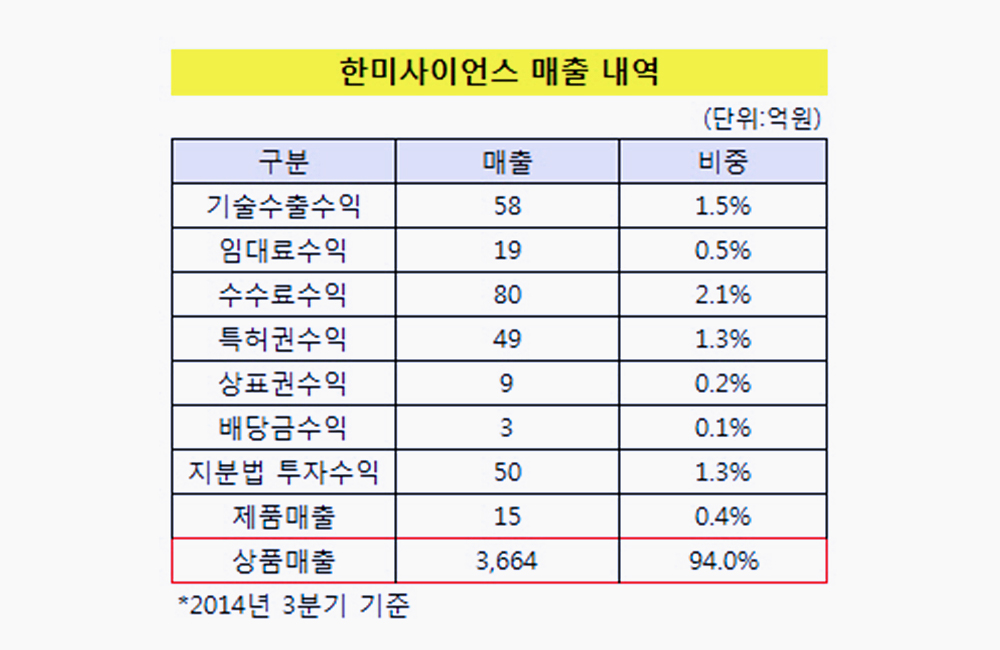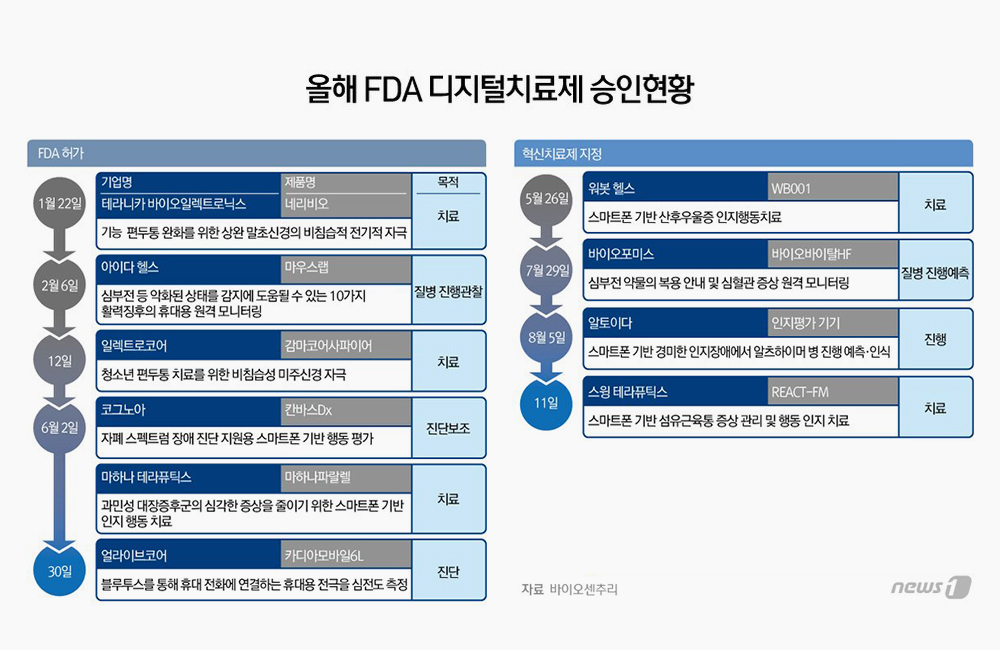While 2020 incited widespread adoption of
video-based consultations, the healthcare ecosystem is now presented with a new
mandate of delivering virtual care at scale. Fortunately, there are some
companies up to the task.
After crossing the one-year mark since the
onset of the pandemic there is no question that our healthcare system has
undergone transformational change. For the first time in history, consumers
stopped visiting their medical provider for fear of their personal health. In
return, virtual care was thrusted to the center stage of healthcare delivery as
a panacea to enable safe, socially distant care. Telehealth adoption spiked at
unprecedented rates, with some providers reporting 175 times the number of
consultations via telehealth compared to pre-pandemic visits.
However, the healthcare system was woefully
unprepared to deliver virtual care at scale, forcing clinicians to scramble and
adopt solutions purpose-built for other use cases (such as Zoom and Facetime)
as provider organizations lacked the technology infrastructure to deliver
efficient and HIPAA compliant virtual care. In time, healthcare systems
dedicated substantial resources to respond to the pandemic including meaningful
investments in video-based telehealth platforms. Despite being fraught with
challenges, telehealth adoption remains well above pre-pandemic utilization
levels.
Now, as society begins the shift to the new
normal with an increasing administration of vaccines, it is expected that
consumers, providers, and payers alike will remain engaged with virtual care
solutions due to the core benefit of convenience. Consumers have appreciated
the expanded access to medical care and on-demand flexibility of telehealth,
with over half reporting a willingness to use telehealth services
post-pandemic. Providers too have enjoyed the greater flexibility and improved
care coordination with over 95% reporting a willingness to use telehealth. With
this momentum, payers are continuing to incentivize virtual care in order to
provide members with higher quality service at a lower cost.
The past year successfully ushered in
“Virtual Care 1.0”, the first wave of care innovation that focused on
delivering traditional in-person care visits virtually. While convenient,
Virtual Care 1.0 inhibits scalability for providers and limits flexibility for
the consumer. Though substantial resources have been invested to better
leverage telehealth, there is still a long way to go– today only 43% of
consumers have adopted video-based telemedicine in 2020. Platforms that require
the use of broadband internet or smartphones still exclude a sizeable portion
of the population from accessing care. Seniors, as one example, have received
inadequate medical care during the pandemic as more than 41% of Medicare
members lack access to a computer with high-speed internet. Further, it is
estimated that the US will face a shortage of up to 139K physicians by 2033,
prompting a need to deliver care that moves beyond the one-to-one
provider-to-patient model. While telemedicine has certainly brought
convenience, provider scalability and consumer access still remain limited.
Now with a captive audience, it is time to
look to the future and harness the power of virtual care to move beyond what
was initial progress with Virtual Care 1.0 – solutions offering convenience, to
what I will designate as Virtual Care 2.0 – solutions providing true systemic
scalability.
Moving to Virtual Care 2.0
While 2020 incited widespread adoption of
video-based consultations, the healthcare ecosystem is now presented with a new
mandate of delivering virtual care at scale. Fortunately, a host of digital
health solutions have emerged with the proposition of expanding platform
functionality, broadening use cases, and enabling care delivery across new
sites of care.
Expanded Platform Functionality
New digital health solutions are expanding
the core functionality of telehealth platforms to expand beyond the confines of
one-to-one video-chatting and improve provider efficiency. Underlying
technology advancements are already being adopted to enable provider
scalability. Companies like PathAI and Olive are leveraging artificial
intelligence and natural language processing tools to provide triage,
diagnostic support, and workflow process improvements so providers can focus
their time on consumer care rather than administrative paperwork.
Several solutions have also emerged with
the aim of expanding telehealth’s video-chatting functionality to enable
omni-channel communication across asynchronous text, AI-enabled chat, and
audio. Such platform enhancements will also satiate consumer’s interest in
multi-modal communication and also enable physicians to expand from a
one-to-one to a one-to-many model without increases in time or cost. CirrusMD
and 98point6 is an examples of a company that are building text-first virtual
care delivery platforms, allowing consumers to directly communicate with
providers through asynchronous messaging. As 66% of consumers were equally or
more satisfied with their text-based telemedicine communication vs. in-person
interactions, such solutions allow consumers to receive care on their time.
Text-based models also break down access barriers, particularly for vulnerable
Medicaid populations that may lack video-chatting capabilities.
Broadening Clinical Use Cases
Second, the use cases of telemedicine are
expanding beyond common primary care conditions. Advances in remote monitoring
and at-home diagnostic testing are allowing providers to deliver virtual care
to patients with more complex and chronic conditions. Companies like UDoTest
offer at-home diagnostics for 100+ diseases, such as colon screening and pap smears,
that now enables telehealth platforms to scale and provide care for millions of
Americans suffering from specialty conditions.
Moreover, emerging digital health companies
are building disease-specific telehealth platforms to address higher acuity conditions.
For example, companies like NOCD and Equip Health are demonstrating strong
outcomes in tackling severe mental health illnesses as consumers can better
identify triggers in their own environment rather than from the four walls of a
provider’s office. Other companies like Oshi Health and Vivante Health are
utilizing telemedicine for gastrointestinal specialty care to connect consumers
with multidisciplinary team involving GI specialists, dieticians, and health
coaches. By advancing diagnostic and monitoring technology, telemedicine can
rapidly scale and become part of a consumer’s entire health journey from
primary care needs to specialty care.
Expanding Sites of Care
Throughout Covid-19, virtual care was
primarily accessed by consumers from their homes for urgent care needs due to
social distancing mandates. Emerging from the pandemic, digital health
solutions can break down walls to deliver preventive and proactive care by
meeting consumers where they are – at grocery stores, gyms, community centers,
faith-based institutions, and homeless shelters. By integrating medical care
into communities, virtual care can also help bridge the digital divide and
overcome access barriers for hard-to-reach populations. Companies like Higi and
Advinow Medical are leveraging AI technology and augmented reality so patients
can self-measure vitals at a medical kiosk located at retail stores,
pharmacies, or urgent care clinics. Such models will be critical for closing
health equity gaps for hard-to-reach populations by providing consumers with
on-demand access to clinical-grade diagnostics and evidence-based health
screening tools at the places they already visit.
Other companies such as OnMed are bringing
comprehensive primary care to airports, colleges, and hotels through
telemedicine exam stations. The company’s stations are equipped with thermal
imaging to read body temperature and diagnose infections, while also leveraging
high-definition video and audio for virtual visits. The kiosk is equipped to
dispense prescribed medications to truly provide consumers with a one-stop
comprehensive experience.
There is no doubt that 2020 was
transformational for virtual care as expanded convenience and access were
critical to address the challenges presented by Covid-19. While traditional
telehealth solutions allowed society to shift basic healthcare online, such
models will need to expand to meet the growing demand from consumers for
flexible, on-demand, and affordable care. As we contain Covid-19, 2021 will be
seen as the year that saw the advent of Virtual Care 2.0. The newer virtual
care solutions with their expanded platform functionality will be able to
address a broader range of use cases, giving healthcare stakeholders the
opportunity to rethink where care can and should be delivered.









